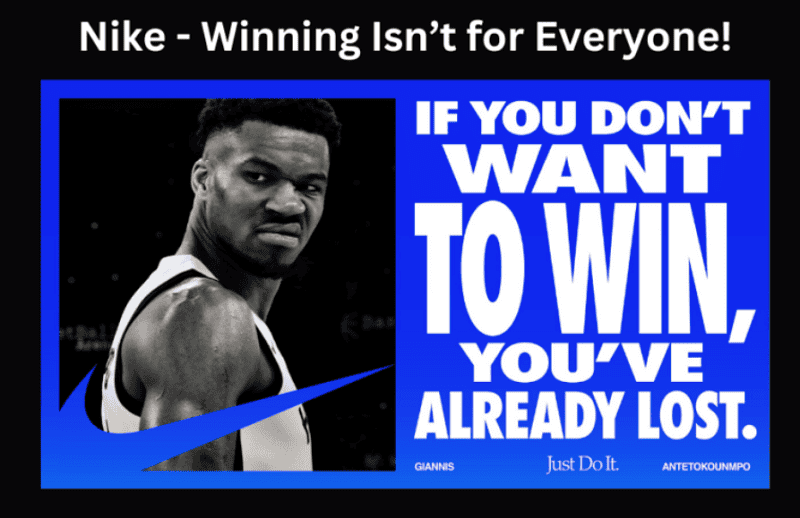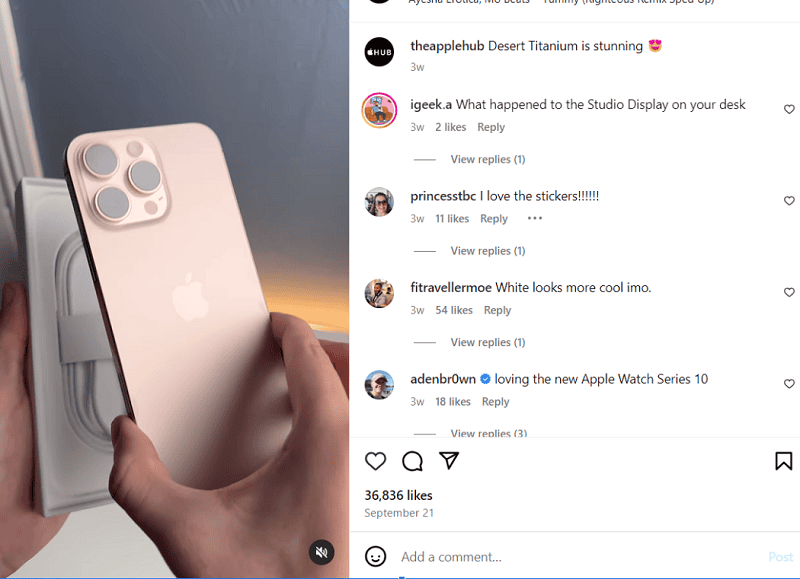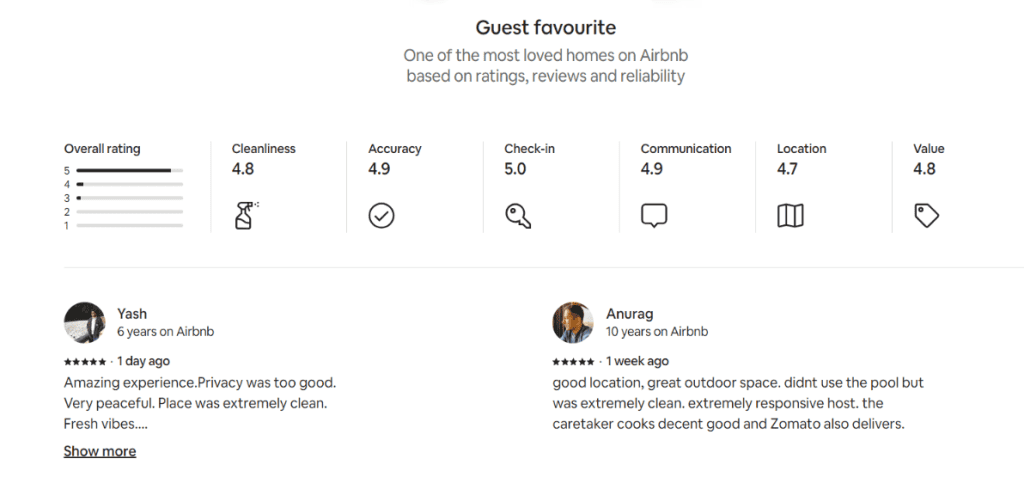Imagine being able to tap directly into your customers’ hearts, creating a bond that turns those casual buyers into lifelong advocates.
Emotional marketing does just that—by evoking feelings, brands can dramatically boost loyalty and engagement.
Studies show that 95% of purchase decisions are influenced by subconscious emotional factors. Yet, despite its power, only 15% of consumers believe brands are good at forming emotional connections.
In this guide, we’ll explore why emotional marketing is essential, how it works, and proven strategies to harness emotions in your campaigns. Let’s dive in!
What is Emotional Marketing?
Emotional marketing is all about connecting with people on a personal level by tapping into their feelings and emotions. Instead of just selling a product, it’s about making your audience feel something—whether it’s joy, nostalgia, or even a little FOMO. By appealing to emotions, brands can create lasting bonds and foster loyalty that goes beyond mere transactions.
How Does Emotional Marketing Work?
Emotional marketing works by using the power of feelings to build connections and drive actions. Here’s how it creates impact:
- When content stirs emotions like joy, fear, or nostalgia, it sticks with the audience and influences their decisions.
- People are twice as likely to share videos that trigger strong emotional reactions compared to those that don’t.
- 86% of consumers with strong emotional connections are more likely to stick with a brand.
So, by focusing on emotions, brands can spark actions—whether it’s making a purchase or spreading the word.
Benefits of Emotional Marketing
Emotional marketing can do wonders for building customer loyalty and driving engagement. Here are some key benefits of emotional marketing:
Boosts Customer Loyalty
Customers who feel emotionally connected to a brand are more likely to be loyal than those who don’t share this bond. Think about it—when a brand makes you feel understood, you’re more likely to return, even after a slip-up. It’s that emotional bond that keeps you coming back for more.
Increases Shareability
Content that evokes strong emotions is twice as likely to be shared, especially when it makes people feel a powerful reaction like joy or inspiration.In today’s digital age, emotional resonance can also be amplified through well-crafted social media posts, which serve as powerful tools for engagement and sharing.
When was the last time you shared a video or article? Chances are, it touched you in some way, and that’s the magic of emotional marketing at work.
Enhances Brand Recall
Emotions make messages stick. Ads with a strong emotional response are 23% more likely to result in sales because they help people remember the brand when it’s time to make a purchase. When a brand makes you feel something significant, it’s hard to forget them, especially while scrolling through options in a mobile ecommerce app.
If a brand makes you feel something memorable, it’s hard to forget them when you’re scrolling through options.
Drives Impulse Purchases
Emotions often lead us to make quick, unplanned decisions. When an ad genuinely resonates, it can spark that sudden urge to buy—sometimes without even a second thought.
Have you ever clicked “add to cart” because an ad just felt right? That’s the subtle yet powerful pull of emotional marketing at work.
6 Core Strategies to Enhance Emotional Marketing
To truly leverage emotional marketing, you need to know the strategies that make it effective. Here are eight core strategies to help enhance your emotional marketing approach and deepen your connection with your audience:
1. Tell Authentic Stories
People are naturally drawn to stories that feel real and relatable. Telling authentic stories in your marketing can humanize your brand and help your audience connect on a personal level. For example, consider Nike’s campaigns, which often feature real athletes sharing their struggles and triumphs.

By focusing on real experiences and emotions, Nike creates a narrative that resonates deeply with its audience, making them feel inspired and understood.
Storytelling isn’t just about words—it’s about making an emotional impact. Research shows that campaigns focused on storytelling can boost conversion rates by up to 30% because people are more likely to remember and engage with stories than with straight facts and figures.
So, when you share your brand’s story, make sure it’s personal, relatable, and reflective of real experiences. This approach can transform passive viewers into loyal advocates, ready to engage and share your message. To ensure your stories reach the maximum number of people, distribute massively using social media, emails; work with SEO companies to optimize it for search, and also leverage paid distribution channels like Google and Facebook Ads if your budget allows. The more people get to see your brand stories, the more impact and growth you will be able to garner.
2. Use Relatable Characters
Using characters that your audience can see themselves in is a powerful way to foster an emotional connection. Relatable characters can significantly enhance empathy and trust, as people tend to connect with those who reflect their own struggles, aspirations, or joys.
Coca-Cola, for instance, often features diverse groups of people in their ads, showcasing everyday moments of joy and togetherness. By highlighting characters who reflect various backgrounds and experiences, Coca-Cola taps into the shared human experience, making their campaigns feel inclusive and personal.

The key here is authenticity—make sure your characters feel genuine, not forced, so that your audience can form an honest connection with your brand. When people see themselves in your stories, they’re far more likely to feel invested and engaged.
3. Incorporate Visual and Audio Elements
Think about the last time you watched a powerful video ad—did the background music, colors, or imagery make you feel something? That’s because our brains process visuals 60,000 times faster than text, and audio cues can amplify emotions even further.
Music, in particular, can have a profound impact. A catchy jingle or a specific song can trigger memories and emotions, creating an instant connection. For example, Apple’s product ads often use sleek visuals paired with minimalist, uplifting music to create a sense of innovation and excitement.

To make the most of these elements, consider how colors, fonts, and sounds can convey the emotions you want your audience to feel, whether it’s calm, excitement, or nostalgia.
Engaging the senses in this way makes your message more memorable and impactful.
4. Tap into Nostalgia
Nostalgia is a powerful emotional trigger that can instantly transport people back to cherished memories. By invoking a sense of nostalgia, you can create an emotional bond that feels comforting and familiar.
Brands like Nintendo often tap into nostalgia by referencing classic games and characters that remind people of their childhood.
This approach not only appeals to long-time fans but also introduces the brand to new audiences through a shared connection to the past. Whether it’s through retro visuals, throwback music, or referencing old trends, nostalgia can evoke warmth and familiarity, making your brand feel like an old friend rather than just another company.
5. Leverage Social Proof
Social proof is all about showing that others trust and value your brand, which can boost credibility and encourage new customers to do the same. When people see others endorsing a product, they’re more likely to believe it’s worth their time and money. Moreover, on an average, a consumer reads 10 online reviews before deciding to make a purchase.
For example, Airbnb uses real user reviews and photos on its platform, allowing potential guests to see the experiences of others. This makes it easier for users to envision themselves having a similar positive experience.

Testimonials, user-generated content, or influencer partnerships are some effective ways to leverage social proof. It helps build trust and creates a sense of community around your brand.
6. Create FOMO (Fear of Missing Out)
FOMO, or Fear of Missing Out, is a powerful motivator that drives people to take action to avoid feeling left out. It can increase conversion rates by as much as 40% because it leverages the fear of regret to drive decision-making
Online retailers like BestBuy frequently use countdown timers and limited-time offers during sales events to create a sense of urgency. This makes people feel like they need to act fast to avoid missing out on a great deal.

Whether it’s through limited-time offers, exclusive access, or showing real-time statistics on product popularity, you can create a sense of urgency that compels customers to act. By making your audience feel that an opportunity is too good to miss, you’re more likely to convert them into customers on the spot.
Emotional Marketing: Level Up Your Marketing Game
Emotional marketing is more than a strategy—it’s about building genuine connections that resonate with your audience. From authentic storytelling to leveraging shared values and creating FOMO, these tactics can transform how people feel about your brand. When you make an emotional impact, you’re not just selling; you’re creating relationships that endure.
Ready to take your marketing to the next level? Start crafting campaigns that reach the heart, and turn customers into loyal advocates.
